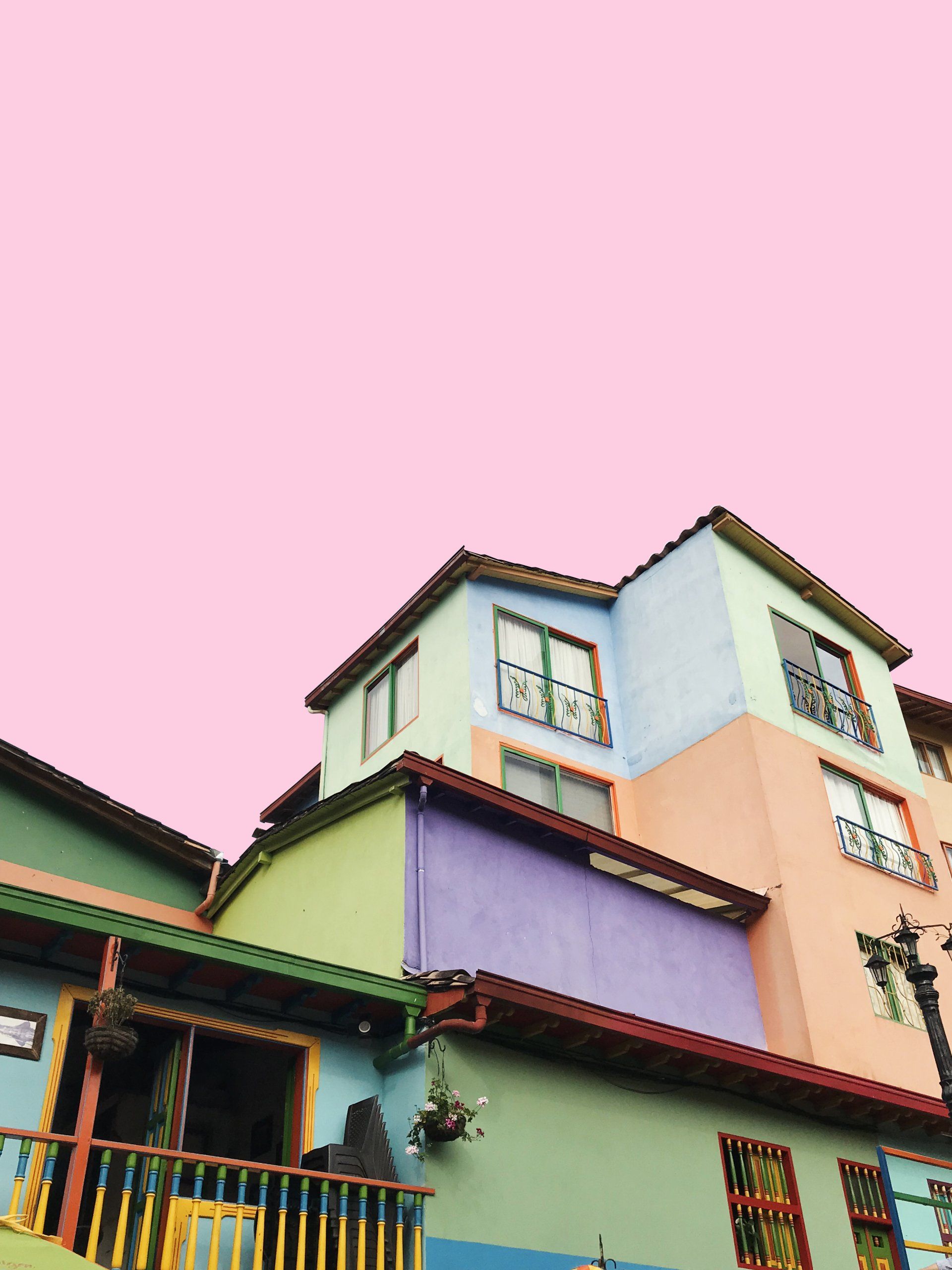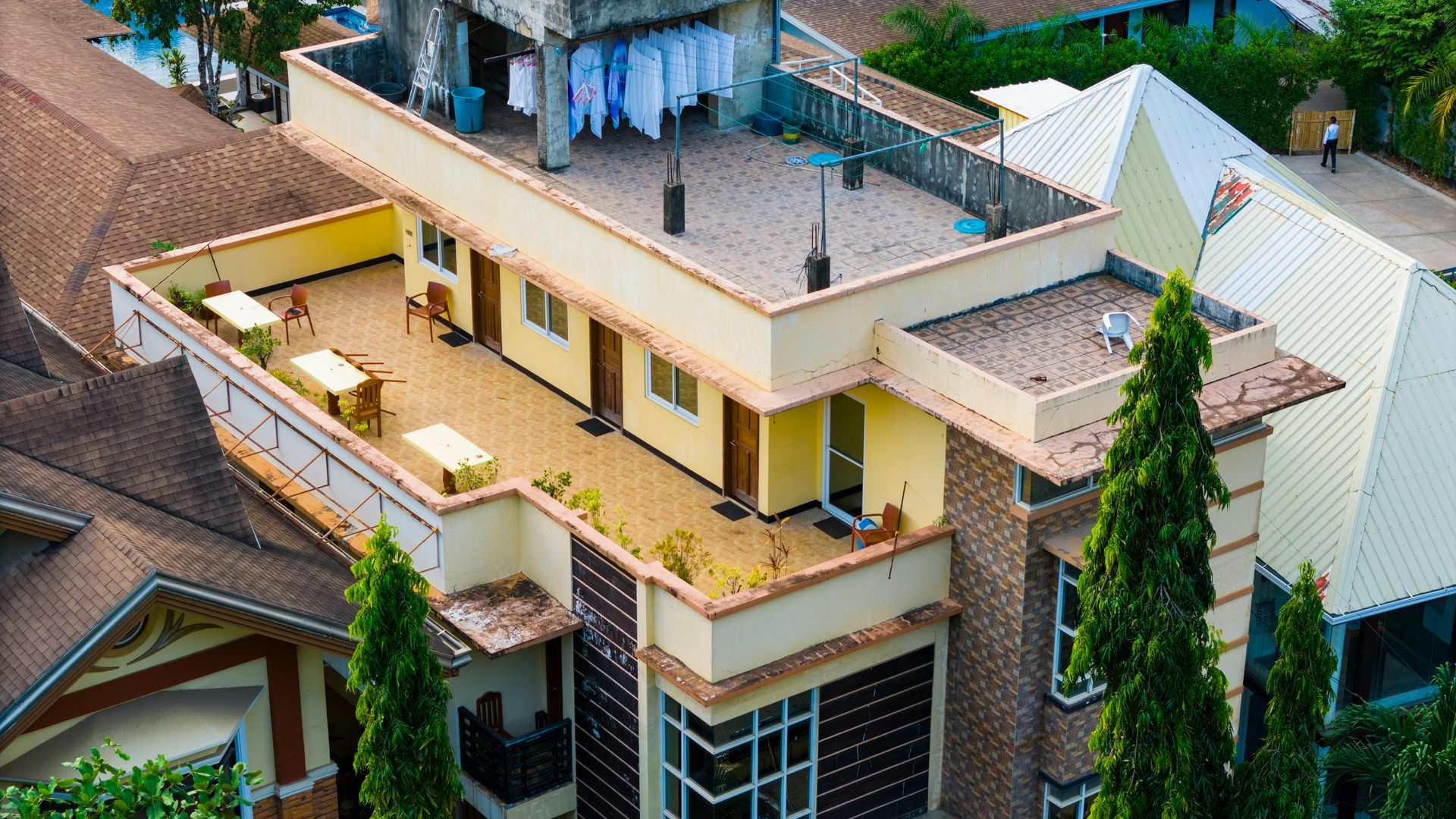
Social Housing
Definition: Social housing is a form of rental housing provided by the government (public housing) or not-for-profit organizations (community housing). It is targeted towards individuals and families who are on low incomes and are unable to afford housing in the private rental market.
Key Features:
- Eligibility: Social housing is typically allocated based on need. Applicants must meet specific eligibility criteria, which often include income and asset tests, residency status, and demonstrated need for housing support.
- Subsidies: Rent in social housing is generally set at a percentage of the tenant’s income, making it affordable for low-income earners. This rent is usually capped at around 25-30% of the tenant's income.
- Management: Social housing can be managed by government entities (public housing) or non-governmental organizations (community housing providers).
- Purpose: The primary aim is to provide secure, long-term housing solutions for those most in need, including the elderly, people with disabilities, and those experiencing homelessness.
Examples:
- Public housing estates managed by state or territory governments.
- Community housing projects run by not-for-profit organizations.

Affordable Housing
Definition: Affordable housing refers to a broader spectrum of housing options designed to be more affordable than market rates. This can include social housing but also extends to other forms of housing aimed at key workers and moderate-income earners who do not qualify for social housing but still struggle with high housing costs.
Key Features:
- Eligibility: Affordable housing targets a wider range of income groups compared to social housing. It is designed for moderate to low-income earners, including essential workers such as teachers, nurses, and police officers who may find it difficult to afford housing close to their workplaces.
- Subsidies and Pricing: Affordable housing may include various forms of financial assistance, such as discounted rental prices or shared ownership schemes. Rents or purchase prices are set below market rates to make housing accessible for eligible groups.
- Management: It can be provided by a variety of entities, including private developers, not-for-profit organizations, and government agencies.
- Purpose: The goal is to provide housing that is affordable and within the financial reach of a broader segment of the population, thus supporting economic diversity and workforce stability within communities.
Examples:
- Inclusionary zoning projects where a percentage of new developments must be set aside as affordable housing.
- Subsidized rental housing for key workers and moderate-income families.
Key Differences
- Target Audience: Social housing is specifically for those in greatest need with very low incomes, while affordable housing caters to a broader range of low to moderate-income earners.
- Rent Setting: Social housing rent is typically income-based, whereas affordable housing rent is set below market rates but may not be directly tied to the tenant’s income.
- Providers: Social housing is mainly provided by government and non-profit organizations, whereas affordable housing can involve private developers, community organizations, and government partnerships.
In summary, while both social and affordable housing aim to make housing more accessible and affordable, they serve different segments of the population and involve varying levels of subsidy and eligibility criteria. Social housing is focused on providing long-term housing solutions for the most vulnerable, whereas affordable housing seeks to address broader affordability issues for a wider range of income groups.
What is being done to improve this?
The delivery of new social and affordable homes in Australia has seen significant efforts from both federal and state governments. According to the National Housing Finance and Investment Corporation (NHFIC), numerous projects are underway to address the housing crisis. For instance, a recent initiative in Western Sydney aims to deliver over 100 new social and affordable homes, with a considerable portion dedicated to vulnerable populations, such as women over 55 and those fleeing domestic violence (Housing Australia).
In 2023, the Albanese Government announced a $2 billion Social Housing Accelerator to expedite the creation of thousands of new social rental homes across Australia. This funding is part of a broader commitment to enhance housing affordability and supply, contributing to the government’s plan to build one million new well-located homes over five years starting from 2024 (Prime Minister of Australia).
These efforts reflect a substantial increase in the delivery of social and affordable housing, with the goal of improving housing outcomes for Australians and addressing the growing demand for affordable living options.
Did you know that some development allow investors buy cheaper units if they are made available for affordable housing? Ask me more about this, book a call.
In Australia, social housing and affordable housing are two distinct concepts designed to address housing needs for different segments of the population. Here is a detailed breakdown of the differences between the two:
share to



